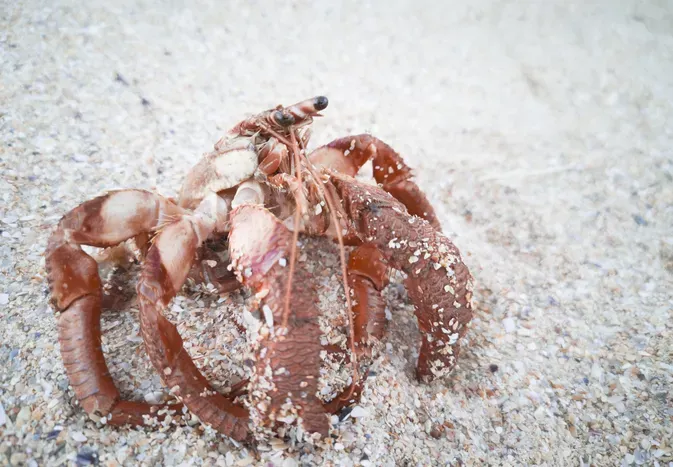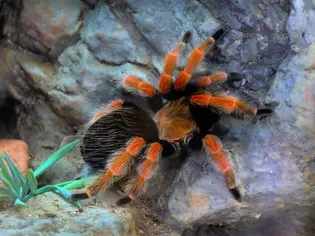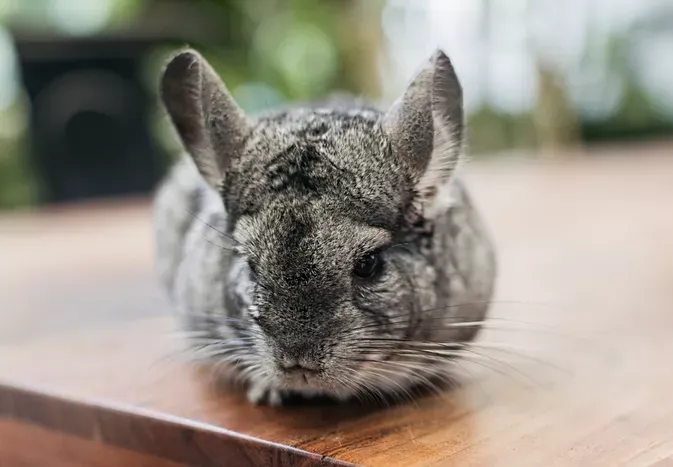Shell Evacuation in Hermit Crabs
Updated on 05/26/24

Shell Evacuation in Hermit Crabs: A Journey of Transformation and Adaptation
In the fascinating world of crustaceans, hermit crabs stand out for their unique housing strategy. Unlike most crabs, they do not possess a hard exoskeleton but instead occupy the discarded shells of mollusks. This ingenious adaptation allows them to protect their soft bodies from predators and harsh environmental conditions. However, as hermit crabs grow, they face a recurring challenge: the need to evacuate their current shell and find a larger one.
The process of shell evacuation is a complex and delicate operation that requires careful preparation and coordination. Hermit crabs exhibit remarkable behaviors and employ ingenious strategies to ensure a successful transition to a new home. Let's delve into the intricate world of shell evacuation in hermit crabs, exploring the triggers, techniques, and adaptations that make this process possible.
Triggers for Shell Evacuation
The primary trigger for shell evacuation in hermit crabs is growth. As these crustaceans mature, their bodies outgrow their current shells, making it necessary to seek a more spacious abode. Other factors that can trigger evacuation include damage to the current shell, changes in environmental conditions, or the availability of larger and better-fitting shells.
Shell Evacuation Techniques
Hermit crabs have evolved a specialized technique for evacuating their shells. The process typically involves the following steps:
* Assessment: The crab carefully inspects its surroundings for potential new shells. It uses its antennae and chelipeds (claws) to evaluate the size, shape, and condition of available shells.
* Preparation: Once a suitable shell is identified, the crab prepares to evacuate its current shell. It retracts its antennae and chelipeds into the shell and loosens its grip on the inner surface.
* Extraction: The crab then uses its powerful muscles to extract its body from the old shell. This can be a gradual process, taking several minutes or even hours, depending on the crab's size and the tightness of the shell.
* Transfer: Once extracted, the crab carefully transfers its body into the new shell. It ensures that its antennae and chelipeds are properly positioned and that the shell provides ample room for growth.
Adaptations for Shell Evacuation
Hermit crabs possess several adaptations that aid in the successful evacuation of their shells:
* Muscular System: Hermit crabs have well-developed muscles that enable them to extract their bodies from even tightly fitting shells. These muscles are particularly strong in the abdominal region, where the crab's body attaches to the shell.
* Jointed Exoskeleton: The crab's exoskeleton is jointed, allowing it to bend and twist its body to facilitate extraction. The flexibility of the exoskeleton also helps the crab to fit into new shells of various shapes and sizes.
* Smooth Cuticle: The inner surface of the crab's exoskeleton is smooth, reducing friction and making it easier to extract the body from the shell. This smoothness is maintained through regular molting, a process in which the crab sheds its old exoskeleton and grows a new one.
Importance of Shell Evacuation
Shell evacuation is a vital process for hermit crabs, ensuring their growth, survival, and reproductive success. A properly fitting shell provides protection from predators, parasites, and desiccation. It also allows the crab to move efficiently and engage in essential behaviors such as feeding, mating, and social interactions.
Examples of Shell Evacuation in Action
* Pagurus bernhardus, the Common Hermit Crab: This species of hermit crab is known for its ability to evacuate and change shells frequently. When presented with a new shell, a common hermit crab will carefully inspect it before deciding whether to move. If the new shell is larger and provides a better fit, the crab will extract itself from its current shell and transfer into the new one.
* Calcinus elegans, the Elegant Hermit Crab: This hermit crab species is highly territorial and often engages in aggressive encounters with other crabs over shells. When an elegant hermit crab finds a larger shell, it will defend the shell aggressively until it has successfully evacuated its current shell and moved into the new one.
* Dardanus arrosor, the Decorator Crab: This species of hermit crab is known for its unique behavior of decorating its shell with a variety of materials, including algae, sponges, and small shells. When a decorator crab needs to evacuate its shell, it carefully detaches the decorations and transfers them to the new shell.
Conclusion
Shell evacuation in hermit crabs is a remarkable process that showcases the intricate adaptations and behaviors of these fascinating creatures. Through a combination of growth triggers, specialized techniques, and unique adaptations, hermit crabs successfully evacuate their old shells and find new homes that support their growth, survival, and reproductive success. Understanding the process of shell evacuation provides valuable insights into the ecology and evolution of these amazing crustaceans.
Explore More Pets

Exotic Pet Species
Should You Keep a Chimpanzee as a Pet?

Exotic Pet Species
Should You Keep a Raccoon as a Pet?

Exotic Pet Species
How to Care for a Pet Mexican Red-Knee Tarantula

Exotic Pet Species
12 Best Exotic Pets for Apartment Living

Exotic Pet Species
Best Foxes to Keep as Pets

Exotic Pet Species
Should You Keep a Northern Flying Squirrel as a Pet?

Exotic Pet Species
Should You Keep Stick Insect as a Pet?

Exotic Pet Species
Should You Keep a Big Cat as a Pet?
